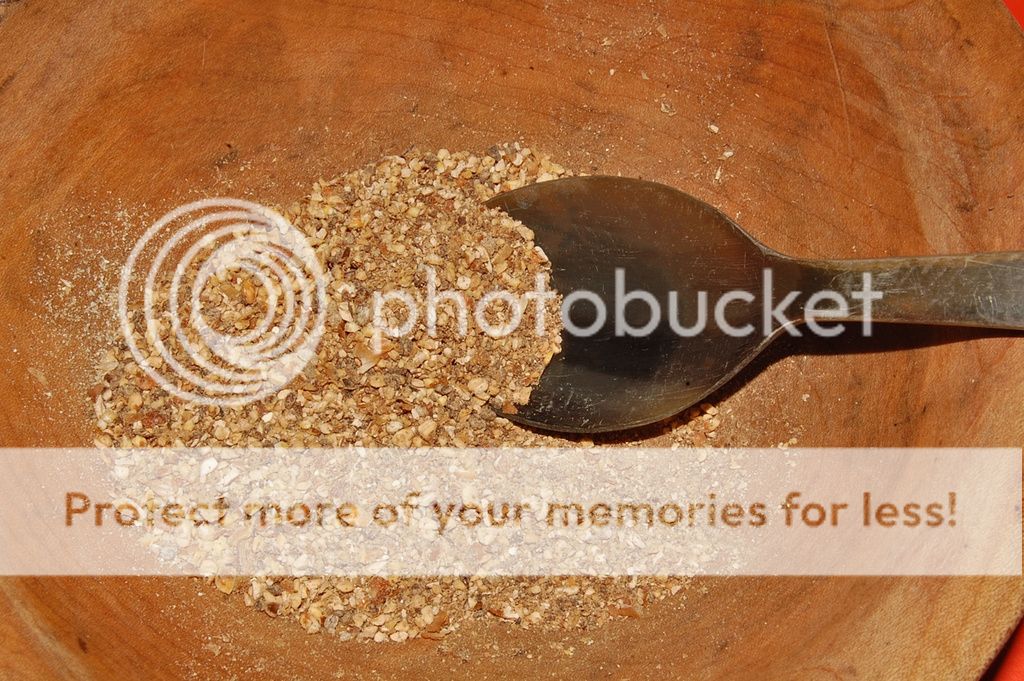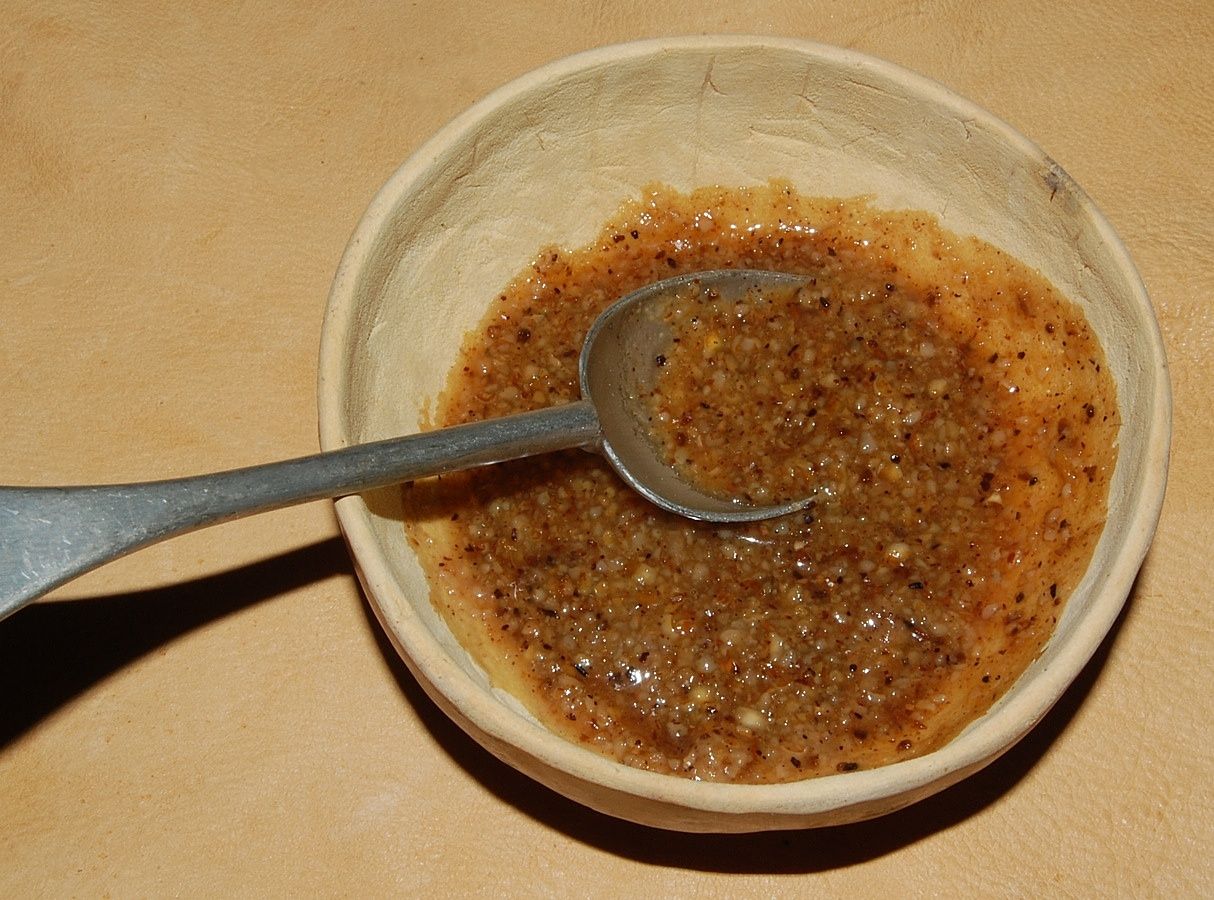HEADQUARTERS ADVANCE GUARD CALIFORNIA VOLUNTEERS,
PIMOS VILLAGES, May 5, 1862.
LIEUTENANT: The following scale of prices has been agreed upon with the Indians:
Four quarts flour, weighing four and one quarter pounds, for one yard manta.
Seven quarts wheat, weighing thirteen pounds, for one yard manta.
Four quarts pinole, weighing five and one half pounds, for one yard manta.
Fifty pounds hay or one hundred and fifty pounds of green fodder, for one yard manta.
These prices are much for the interest of the Government, and it is to be hoped that the facilities for purchasing of the Indians will enlarge. Manta may be called the staple of article for them, but such goods as were asked for by the Colonel commanding, in his letters of December, 1861, on the Mojave expedition, are indispensably necessary for the practice of an economy of great advantage. The daily consumption of the present command for forage is as follows:
Yards manta.
280 horses, wheat 12 pounds, 3,360 303 ½
65 mules, wheat 9 pounds, 585 } 3,945 pounds, equals
345 animals, hay 14 pounds, 4,830 pounds, equals 96 ½
Daily consumption of manta 400
Not enough flour to make mention of has been brought in, and pinole is an article of small consumption, unless of necessity. A brief observation of these people and their habits shows me that they are disinclined to sell their produce or any other property unless the article offered in exchange is such as they habitually and at the moment need. I do not believe that they would trade wheat for more manta than what they wanted for the moment, and further, that after twenty thousand yards of that goods have been distributed among them it would cease to be a ready currency. These opinions may be erroneous; my experience with the people has been of less than a week’s duration, and that with only promises to offer in payment. Obligations for near three thousand yards manta are already outstanding from the Quartermaster and Commissary Departments. Even without any increase of the command, the ten thousand yards daily expected at the post will be exhausted by the twentieth instant. If, when the manta arrives, the Indians do not bring in their wheat more freely (the animals only get half rations to-day) I see no recourse but to enter their wheat fields and cut the grain for forage. As yet negotiations for purchasing their standing grain have not been consummated. I enlarge more upon the difficulties of getting supplies here with reference to the part of the expedition that is in my rear than to the command now here. I am anxious to see a supply on hand for an advance, and shall endeavor to accomplish it.
Respectfully, your obedient servant,
J.R. WEST,
Lieutenant-Colonel, First Infantry California Volunteers, Commanding.
To BENJ. C. CUTLER, First Lieutenant and Acting Assistant Adjutant-General, District of Southern California.







